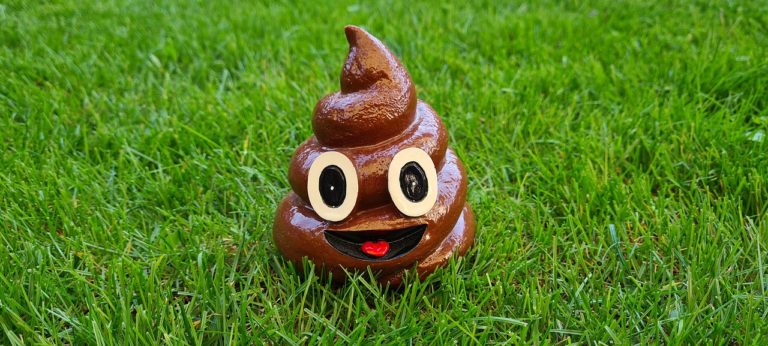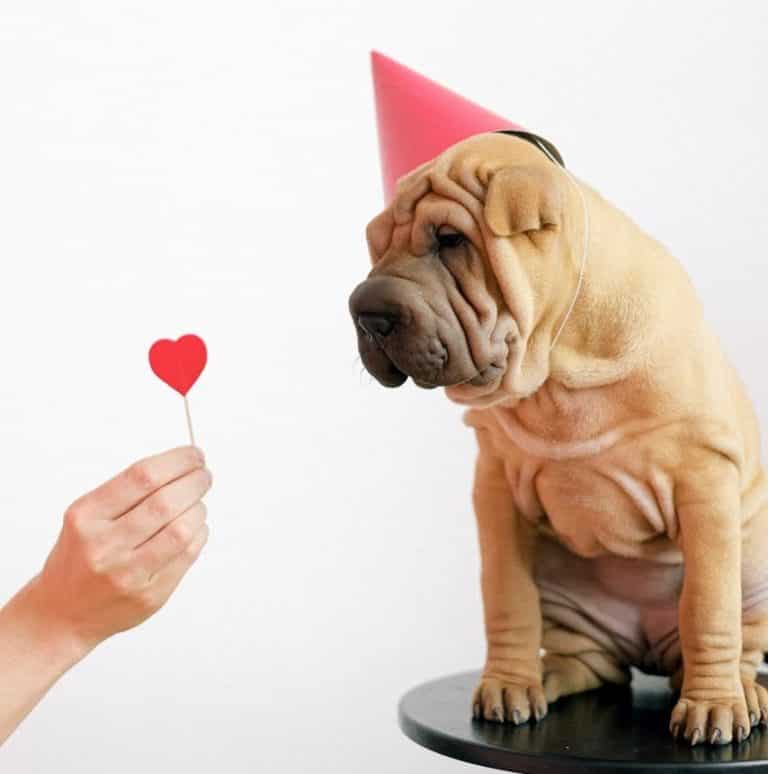As a pet owner, you are likely to have wondered to yourself “how often should my dog poop?”, or “how often should my dog go to the toilet?”. Well, the answer is – it depends. Younger dogs and puppies can go multiple times a day, while older and larger dogs may only need to go once or twice a day. One to five times per day is generally considered to be the normal range.
What should a healthy poop look like?
If there was ever a ‘perfect’ poop, this is what it would look like:
- Consistency: healthy poop should be firm, moldable and not leave residue behind when picked up. It should not be too watery, which is a sign of diarrhea. On the other end of the spectrum, it should also not be too hard, dry and pellet-like either – which is a sign of constipation.
- Shape: the stools should be shaped like logs, and not pellets. They should also not become a puddle.
- Color: light brown, dark brown or a chocolate color is what you want your dog to be passing. Green can indicate issues with your dog’s gall-bladder, and yellow can be caused by a pancreas or liver problem. Red or black can be an indication of blood in the stools.
What affects a dog’s poop?
There are many things that can affect a dog’s pooping frequency and the poop’s appearance. They include:
- Diet: hard, pellet poos can be the result of too little water in your dog’s diet. Introducing wet food to their diet, as well as providing ample water, may help. Watery stools can be a result of eating incompatible foods, such as dairy. Lactose intolerance in dogs can lead to diarrhea, and you may want to remove dairy from your dog’s diet. Having sufficient nutrients and fiber will also turn your dog’s poops into the perfect poop!
- Exercise: regular exercise such as running, walking or swimming may help with your dog’s constipation. Physical movement will help move poop through your dog’s intestinal tract.
- Environment or routine: loud noises, other animals and uncomfortable environments may distract or stress out your dog, making it hard for your dog to do its business. Changes in routine (e.g. not being allowed to go at the usual times) may also affect your dog’s pooping frequency.
- Health conditions: it’s always a good idea to take your dog for regular checkups with your vet. Additionally, if you notice anything strange with your dog you should get professional assistance. Internal blockages can stop your dog from pooping, and internal bleeding can make your dog’s poop turn black. In these cases its best to find out what’s wrong and remedy it quickly.
Other poop-related problems
If you are having other poop-related problems with your dog, you can find more information below:
- Does your dog roll around in poop when you take it for walks? This is why and this is how you can prevent it.
- Is your dog eating cat poop from your cat’s litter box when you’re not around? We’ve also got some solutions for this!




